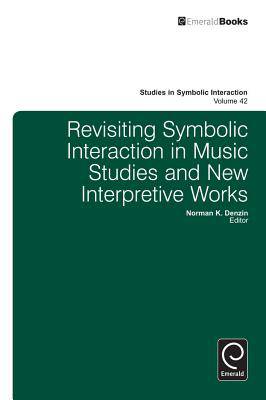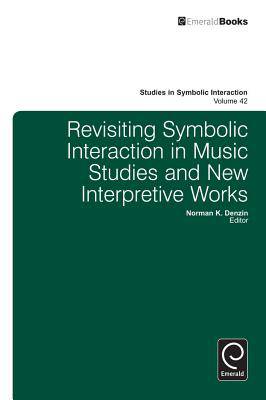
- Afhalen na 1 uur in een winkel met voorraad
- Gratis thuislevering in België vanaf € 30
- Ruim aanbod met 7 miljoen producten
- Afhalen na 1 uur in een winkel met voorraad
- Gratis thuislevering in België vanaf € 30
- Ruim aanbod met 7 miljoen producten
Zoeken
Revisiting Symbolic Interaction in Music Studies and New Interpretive Works
€ 267,45
+ 534 punten
Omschrijving
This volume addresses the perceived gap between symbolic interaction and ethnomusicological approaches to the study of music. It seeks to bring the fields closer by highlighting some of the complementary theoretical constructs of phenomenology and symbolic interaction as they relate to music studies. The papers, presented at the 2012 Couch-Stone Symposium, work toward this reconciliation by applying the lens of symbolic interaction to various musical genres, from traditional Inuit music to jazz to hip-hop, reflecting a sensitivity to their various topics as both artistic achievement and social activity. The authors' work in multiple disciplines (Sociology, Ethnomusicology, and Communication Studies), along with their own sharing of ideas in this project, nurtures the opportunity to bring these studies into a full interdisciplinary conversation. It is the hope of the authors that we can not only open a deepened conversation between scholars in different fields, but also integrate concepts from symbolic interactionism and ethnomusicology as they continue to address the complexity of meaning in varying musical contexts.
Specificaties
Betrokkenen
- Uitgeverij:
Inhoud
- Aantal bladzijden:
- 232
- Taal:
- Engels
- Reeks:
- Reeksnummer:
- nr. 42
Eigenschappen
- Productcode (EAN):
- 9781783508372
- Verschijningsdatum:
- 28/03/2014
- Uitvoering:
- Hardcover
- Formaat:
- Genaaid
- Afmetingen:
- 155 mm x 231 mm
- Gewicht:
- 476 g

Alleen bij Standaard Boekhandel
+ 534 punten op je klantenkaart van Standaard Boekhandel
Beoordelingen
We publiceren alleen reviews die voldoen aan de voorwaarden voor reviews. Bekijk onze voorwaarden voor reviews.










